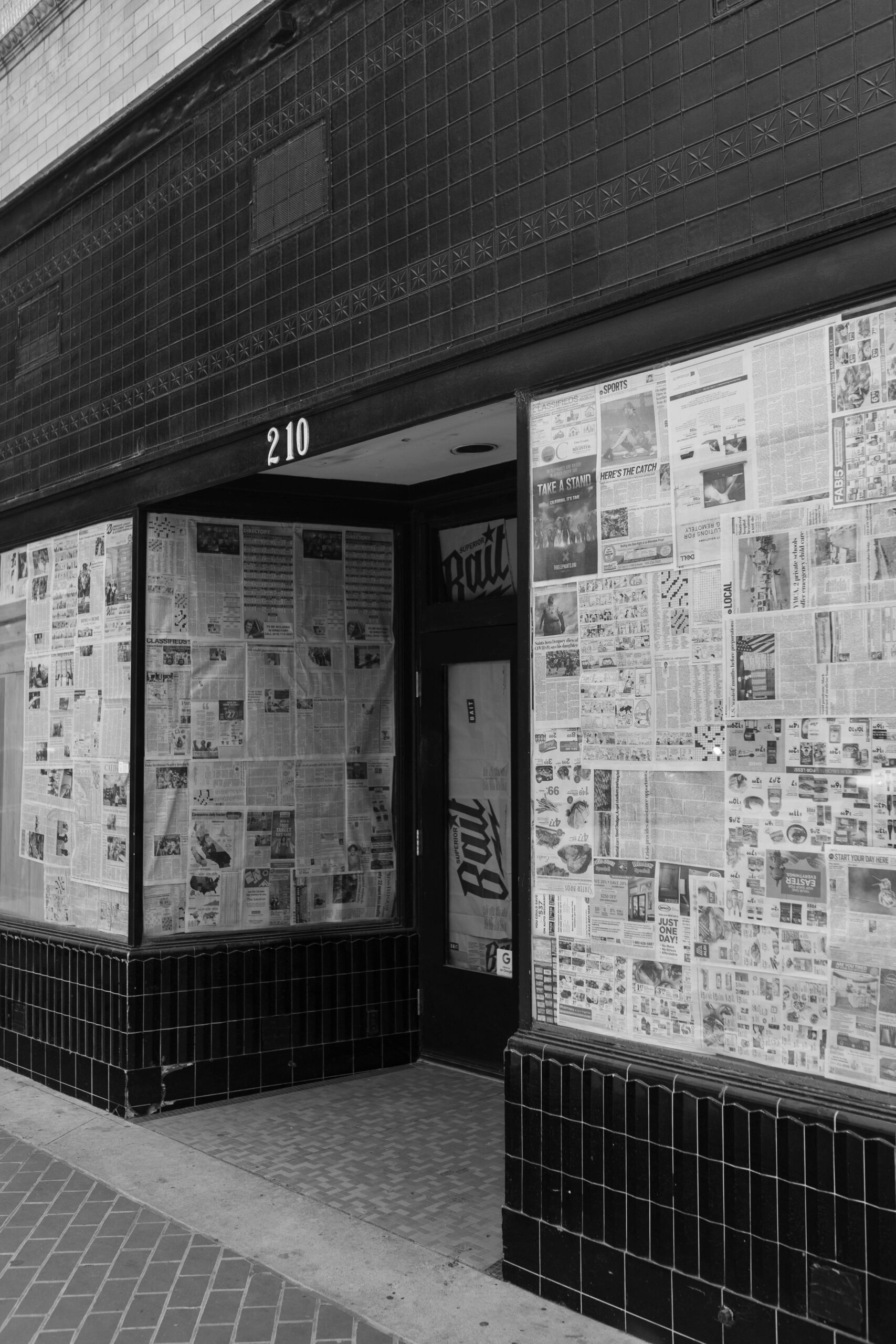Where the Local Journalists Are in America
In the last 20 years, more than 2,100 newspapers have shuttered across the United States, and tens of thousands of journalists have seen their positions evaporate. But the effects of all those losses have not been evenly distributed, according to an American Communities Project analysis of new data.
In 2025, the news ecosystem is akin to a severely worn patchwork quilt, with many counties left with mere threads of local news, according to an ACP analysis of data from Rebuild Local News, a nonpartisan organization that advocates for policies that revitalize community journalism, and Muck Rack.
Viewed through the lens of the American Communities Project, a person’s local news environment varies greatly depending on the kind of community they call home. In some locales, dozens or even scores of reporters and editors may be covering the local scene, even if the number is dramatically lower than it was 25 years ago, while in other communities, there is not a single journalist to be found.
That dearth of local reportage can have profound impacts on the affected communities. It means fewer (or no) people keeping eyes on local officials and events and, in a broader sense, a loss of community cohesion and identity.
Understanding the Data
The Rebuild Local News/Muck Rack count of journalists is complicated measure. It doesn’t tally all the people working as local reporters, it tries to distinguish them by their roles in the community. It looks at whether someone is a freelancer or an aggregator or whether the person has published anything in the first half of the year, when the data sample of was gathered. And using those measures it comes up with something it calls the “Work Adjusted” number of journalists for each county.
You can see those numbers on the map below.
But sorting those county data into their respective American Communities Project types shows the local news challenges in a different light.
What the Data Reveal
The first thing that jumps out of the ACP analysis is the figure for the Big Cities. That’s likely due to several factors. Metro daily newspapers still have decent-sized staffs. Interior suburbs in many of those counties often have their own small newspapers or outlets.
But the number may also be skewed by cities like New York and Washington that hold huge numbers of journalists. And remember Big Cities also hold a lot more people and generally produce a lot more news than other community types.
Also, on the higher side of journalists per community are the Urban Suburbs and College Towns. Those communities stand out for a few reasons. They tend to be home to more college graduates and higher incomes, which may suggest more reading and appetite for news, and they tend to be more densely populated and therefore more able to support news organizations.
Beyond those numbers in more urban places though, the numbers at the other end of the population spectrum are also revealing. There are five community types where there are fewer than four journalists per county on average — the Aging Farmlands, Evangelical Hubs, Native American Lands, Rural Middle America, and Working Class Country.
Those are among the most rural community types in the ACP and four of them voted for President Donald Trump by huge margins in 2024 — wins of 30 percentage points or more.
The small number of local journalists in these places is about more than just meetings going uncovered or an increased chance for local corruption. The lack of local news in those places means the dominant source of news is likely to be national outlets, particularly cable news outlets that bring a more partisan cast to coverage.
The red/blue frame for events in the news doesn’t just overwhelm local news; in many ways this frame replaces it, as more news becomes nationalized – and that is especially true in communities where there are very few local journalists working.
Other Notes
One outlier in that local news coverage story seems to be the LDS Enclaves. Outside of Salt Lake County (the home of Salt Lake City), most of those counties are fairly rural. And yet, the average number of journalists per county in that community type is more than 10.
It might be tempting to associate that high overall number with the scores of journalists in Salt Lake, but that isn’t the whole story. About a quarter of the LDS Enclave counties, 9 of 39, are above the national average for working journalists. A big factor here may be community cohesion. LDS Enclave communities tend to be tightly knit, bonded by a common culture, and that may lead them to having more interest in local goings-on.
The Exurban local journalist figure also stands out at 9.2. It’s above the national average, but relatively low for communities with higher incomes and more college degrees. In some ways, these places are the opposite of LDS Enclaves, which may account for the lower figure here.
The Exurbs tend to be among the fastest growing communities in the ACP. In many cases, their community identity may still be developing, and their more recent growth may mean they lack the old media legacy infrastructure (older newspapers and outlets) that are part of the ACP’s more urban communities.
As the broader restructuring of the nation’s news media continues, the shifts in these numbers are worth watching now and in the coming years. Local news has traditionally been a way to get beyond the back and forth of national politics and debates, which have grown increasingly divisive. If local news continues to decline and the nation’s news environment is increasingly national, it may be difficult to stem that tide.
